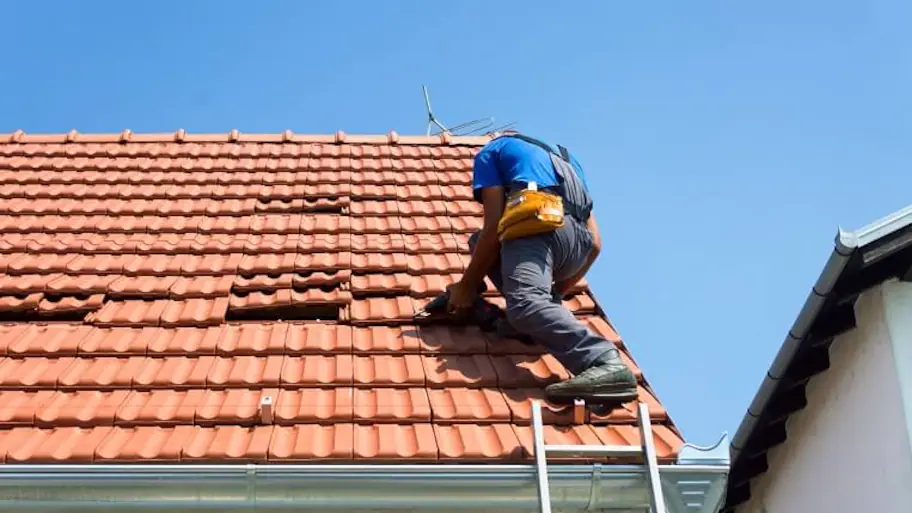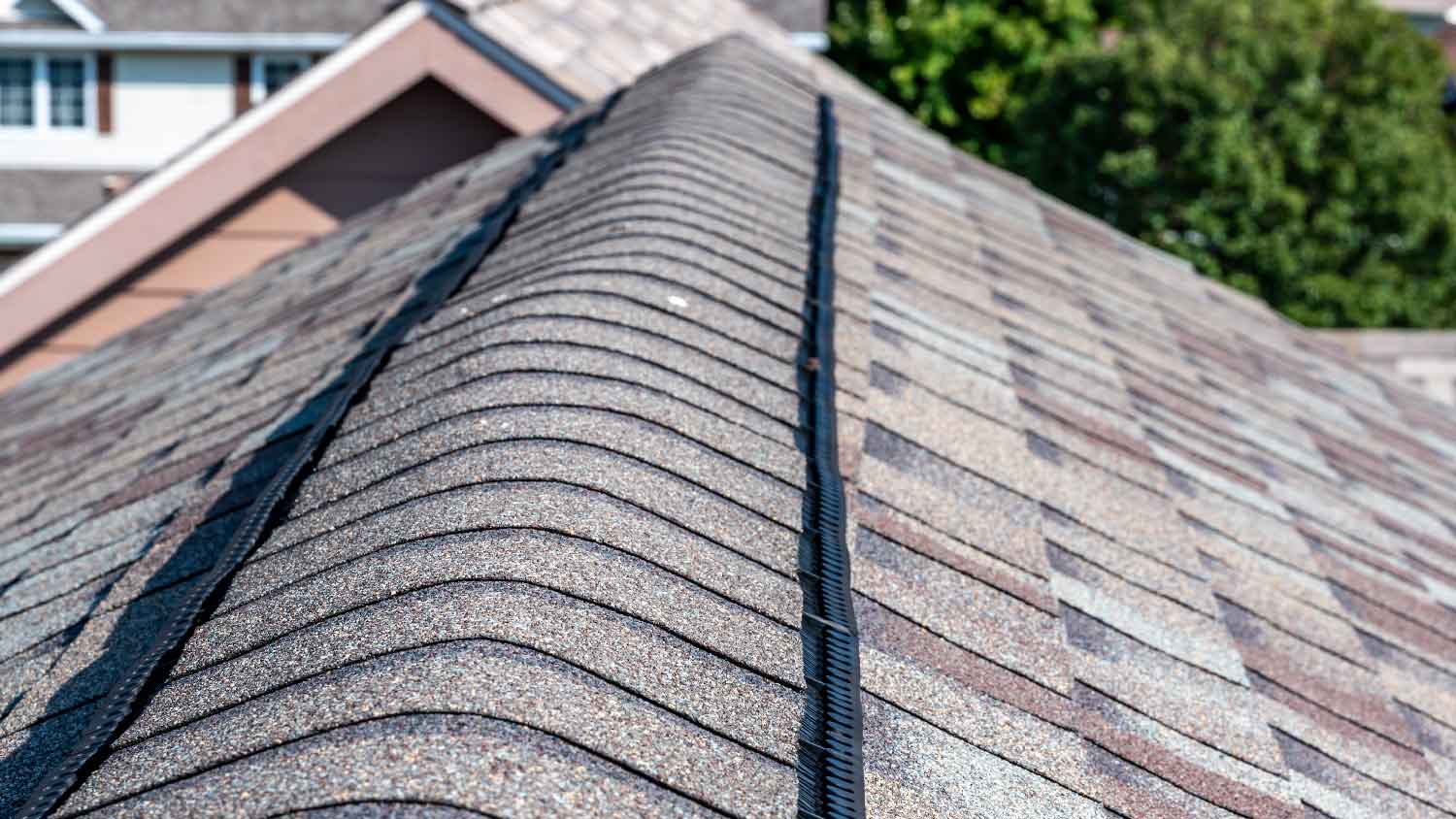What Is a Roof Drip Edge and Why Does Your Home Need It?
A faulty drip edge may be the culprit of your home's water damage


A drip edge is part of the flashing system on your roof.
Flashing helps keep water out and direct it where it needs to go.
The drip edge goes around the edges of the roof and typically consists of metal.
These parts are important to protecting your roof against damage from water, mold, ice dams, and pests.
A new roof drip edge costs an average of $1 to $3 per linear foot.
You may be wondering—what is a drip edge? A drip edge is an important part of your roof’s flashing system, a strategically placed set of metal tiles on your roof that directs water away from the most vulnerable spots of your house.
An effective roof flashing system will protect your entire home from potentially dangerous and expensive situations, including water damage, mold, rotting, and even insect infestation. These issues can cause minor to major damage and lead to hefty roof replacement costs or repairs. Keep reading as we take you through all the need-to-know basics of roof drip edge flashing.
What Is a Drip Edge?
A drip edge is a type of angled roof flashing typically made with a metal like aluminum, copper, or steel. If installed properly, the drip edge is on the edges of a roof around the entire house.
There are three main types of drip edges—L, C, and T—all differentiated by their relative shapes. We’ll cover the different types further below.
Types of Roof Drip Edges
While all drip edges have the same end goal, they do come in different shapes depending on the type and style of the roof.
C-Style Drip Edge
A c-style drip edge is a “C” shaped metal used on the edges of roofs without fascia boards, moving water away from the roof.
L-Style Drip Edge
An l-style drip edge is an “L” shaped metal bent at a 90-degree angle. One side of the metal is placed underneath the roof while the other side protects the fascia. This style drip edge is recommended for houses with a low incline roof.
T-Style Drip Edge
A t-style drip edge is a popular choice for many homeowners, especially for those that live in cold, snowy regions. Compared to the other two styles, t-style drip edges are arguably the most effective at moving water flow off the roof and into the gutter.
F-Style Drip Edge
Also known as a “gutter apron,” an f-style drip edge is recommended when adding a drip edge to an existing roof. That’s due to the long top edge making it easier to install over shingles. It’s also a great option for new roofs.
Why Is a Drip Edge Important?
The most important purpose of a drip edge is to protect your roof and house from water damage by directing water away from your roof and fascia. A drip edge is now required in most states for a roof to meet code.
Some of the biggest benefits of having a properly installed drip edge include:
Preventing damage to the fascia and soffit
Closing gaps to keep water and pests out
Guarding against ice dams
Funnels water away from a home's foundation
Prevents water damage on ceilings and in basements
Keeps water from seeping under roof shingles
Can You Add Drip Edges to an Existing Roof?
Yes, you can add drip edges to an existing roof, including those consisting of alternative roofing materials.
In this scenario, an f-style drip edge will work best. Installing a roof drip edge will cost more on an existing roof instead of installing it while a roof is being built. This is because roof drip installation on an existing roof can be a difficult process that requires shingle removal and specific roofing knowledge to get the job done correctly.
Unless you have extensive experience with roofing, we do not suggest taking up this task on your own. Attempting to DIY a project like this could end up costing you big time in the long run if it is not done properly the first time. Instead, consider hiring a local roofing professional to install or repair a drip edge.
What Does It Cost to Add a Roof Drip Edge?
A roof drip edge costs $1 to $3 per linear foot on average, which comes out to about $150 to $1,000 for most homes. Pricing varies according to different factors, like the style of drip edge and materials. The standard c-style drip edge costs around $3 to $10 per linear foot while d-style drip edges cost $10 to $15 per linear foot.
For materials, you can go with aluminum or galvanized steel, which cost $3 to $10 per 10 linear feet. A more high-end option is a copper drip edge that comes out to about $35 to $75 per 10 linear feet.





- Roofers
- Metal Roofing
- Roof Repair
- Roof Inspection
- Vinyl Siding Repair Contractors
- Flat Roofing Companies
- Commercial Roofing
- Emergency Roofing Companies
- Leaky Roof Repair
- Metal Roof Repair
- Business Roof Repair
- Flat Roof Repair
- Tile Roof Repair
- Slate Roofers
- Rubber Roofers
- Roofing & Siding
- Metal Roof Installation
- Affordable Roofing
- Roof Sealing
- Attic Ventilation Contractors










